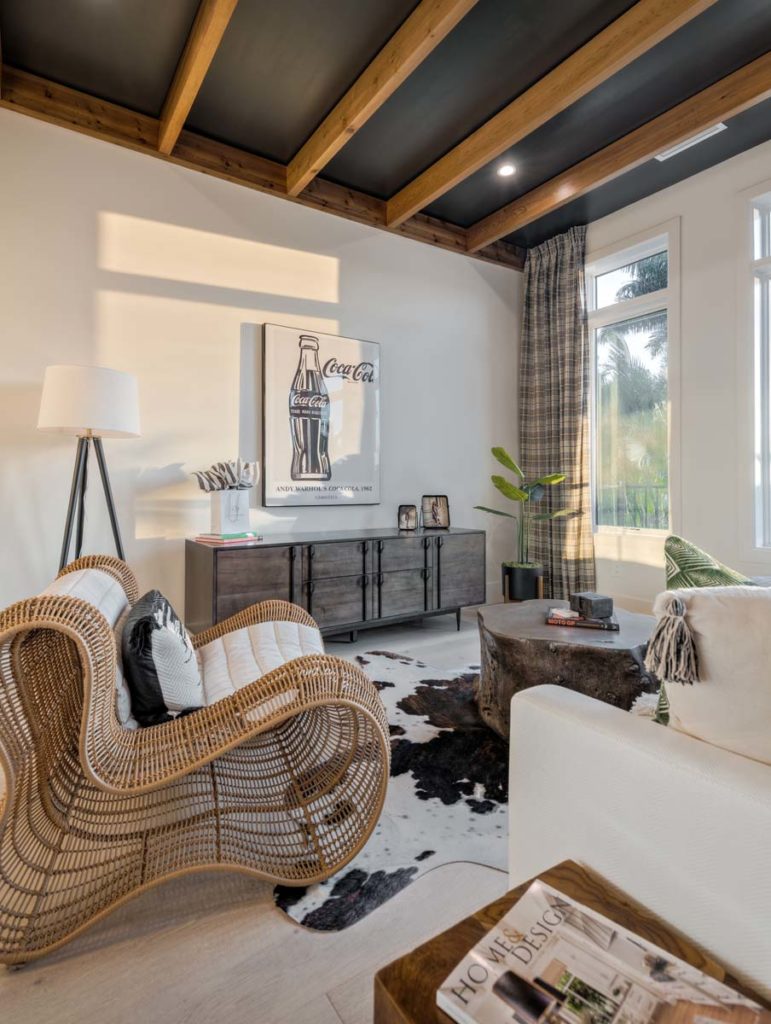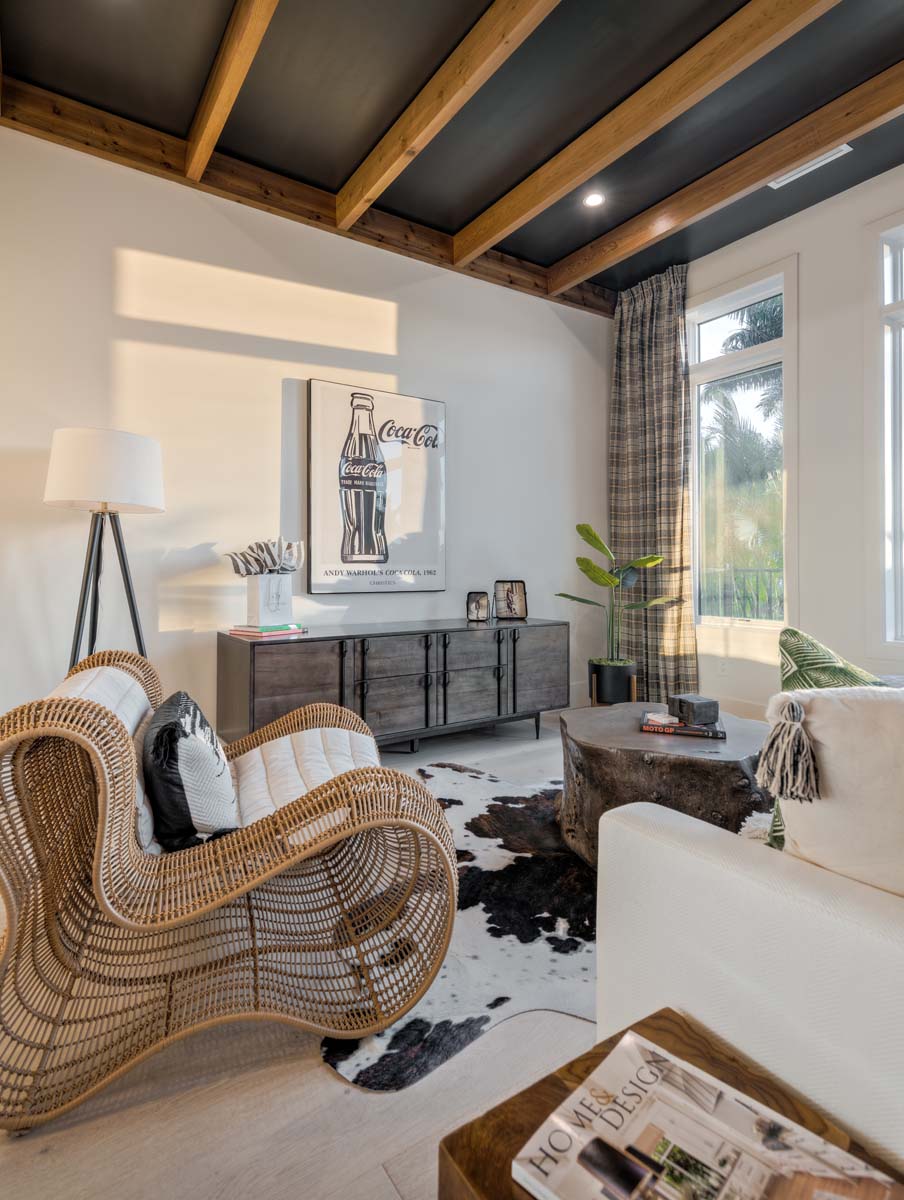HOW TO ADD DIMENSION TO YOUR INTERIOR USING TEXTURE
 People often assume interior design involves putting together a functional floor plan with beautiful furniture, which, of course, it does, but good interior design is much more detailed. At Clive Daniel Home, our interior designers consider numerous elements of design—such as color, pattern, scale, and light—and how each will interact with each other and the rest of a room.
People often assume interior design involves putting together a functional floor plan with beautiful furniture, which, of course, it does, but good interior design is much more detailed. At Clive Daniel Home, our interior designers consider numerous elements of design—such as color, pattern, scale, and light—and how each will interact with each other and the rest of a room.
One of the most important (and sometimes overlooked) of these elements is texture, which refers to the feel and appearance of an object. In a literal sense, all surfaces have texture, whether smooth, soft, ridged, or course, but it is important to be intentional about which textures are used, because, in addition to adding dimension to a space, different textures also contribute to different overall atmospheres in a room. Soft, tactile weaves like bouclé or mohair add a sense of warmth and invite touch, for example, whereas sleek surfaces like polished chrome and smooth leather give a more modern air.
When it comes to adding texture to a room, the options are endless.
Rugs are one of simplest and most foundational sources of texture, with options such as jute, hide, silk, and wool. Textured wall coverings and floor finishes like marble or concrete, however, as well as burled or raw edge tables, ceramic vases and accents, throw pillows and blankets, and decorative plants can also add an unexpected pop of texture in a sp
ace.
Whether a home is coastal, traditional, modern, or eclectic, texture has a crucial role in taking a space from feeling flat to looking showstopping. To see how Clive Daniel Home designers use texture in their designs, visit our Portfolio. To learn how the team can help transform your home, learn more about our award-winning Design Services.




